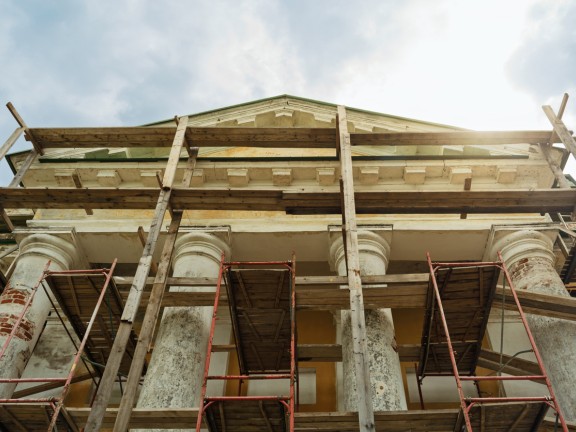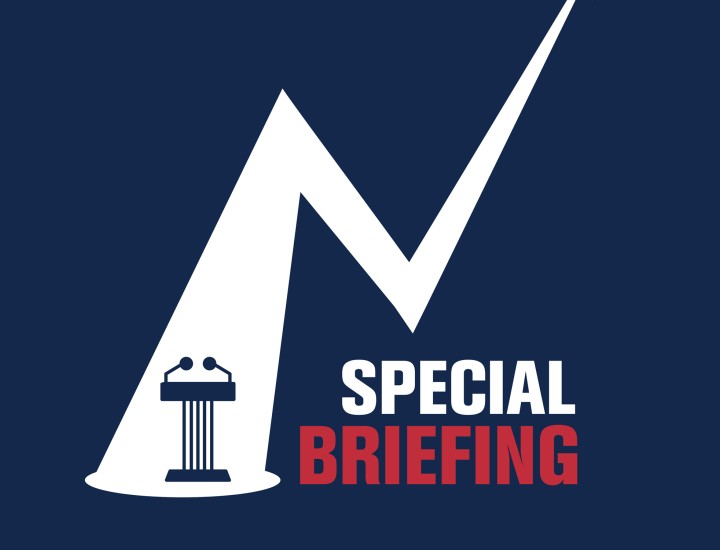Meeting the Trillion-Dollar Challenge: Case Studies

Deferred Infrastructure Maintenance Practices Across Ten States
Publicly owned infrastructure in the US is in a poor state of repair, with an estimated $1 trillion in accumulated deferred maintenance across states. Budget constraints and competing priorities often lead government agencies to postpone or delay planned maintenance to make funds available for other pressing needs. This failure to keep up with repairs results in increased long-term maintenance expenditures, and, in some cases, compromises public safety and health. Despite the growing concern, few states report deferred maintenance needs in their capital budgeting documents, and no comprehensive statewide system exists to assess, value, and fund the infrastructure gap.
However, nine states—Alaska, California, Hawaii, Idaho, Illinois, Massachusetts, Montana, Oklahoma, and Pennsylvania—have implemented statewide efforts to assess and address deferred maintenance. This study explores their policies and methodologies for reporting, valuing, and funding their deferred maintenance needs. We also examine policies in Tennessee, which has reported infrastructure needs for decades, including new construction and deferred maintenance. While it does not provide a specific estimate for its deferred maintenance exposure, Tennessee is included as a case study because of its potential to inform future assessment efforts in other states.
Policies developed by states such as these to identify, quantify, and fund their deferred infrastructure maintenance needs are especially important today. As the White House and Congress shrink programs and funding benefiting all fifty states, the states will need to become more self-reliant in areas directly affected by infrastructure policies, including public health, education, transportation, and disaster prevention and mitigation. Allowing deferred infrastructure maintenance shortfalls to widen will only present challenges for the funding and delivery of critical public services across the board.
This report, the first in a series of three published concurrently, compares varying definitions of maintenance and deferred maintenance, policies enabling statewide assessment and reporting, and processes used to assess deferred maintenance needs. It also summarizes accumulated deferred maintenance needs and associated funding allocations, and reviews state strategies to address current gaps and prevent future backlogs. In the other two reports we present (a) toolkits for policymakers and advocates across the US who may wish to emulate the reforms adopted by the nine selected states; and (b) a review of deferred infrastructure maintenance disclosure—or lack thereof—in capital budgets and centralized capital improvement plans across all fifty states.



